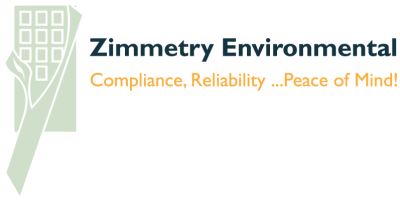

- Home
- Companies
- Zimmetry Environmental
- News
- Identifying Indoor Exposure Risks from ...
Identifying Indoor Exposure Risks from VOCs in Residential and Commercial Properties across Puerto Rico
Volatile organic compounds (VOCs) are emitted from thousands of different products and building materials that can be found in businesses, homes and schools throughout Puerto Rico. These VOCs are emitted as gases from certain solids or liquids and can then inhaled by building occupants.
VOCs include a variety of chemicals, some of which may have short- and long-term adverse health effects. According to the U.S. Environmental Protection Agency (EPA), concentrations of many VOCs are consistently higher indoors (up to ten times higher) than outdoors.
The EPA provides the following health effects and symptoms often associated with exposure to VOCs.
Health effects may include:
· Eye, nose and throat irritation
· Headaches, loss of coordination and nausea
· Damage to liver, kidney and central nervous system
· Some of these chemicals can cause cancer in animals and some are suspected or known to cause cancer in humans
Key signs or symptoms associated with exposure to VOCs include:
· Allergic skin reactions
· Dyspnea
· Declines in serum cholinesterase levels
· Nausea
· Emesis
· Epistaxis
· Fatigue
· Dizziness
· Conjunctival irritation
· Nose and throat discomfort
· Headache
“VOC exposure risks vary from those that are known to be highly toxic to others with no known health effects,” said Harry Pena, President of Zimmetry Environmental. “The extent and nature of health effects can also depend on many factors including the level of exposure and length of time exposed.”
To help identify VOCs and other airborne exposure risks in both residential and occupational environments, Zimmetry offers air testing and consulting service. If a problem is found, their professionals can help to identify its source and create a plan to mitigate its presence so that building occupants are exposed to healthy indoor air quality.
